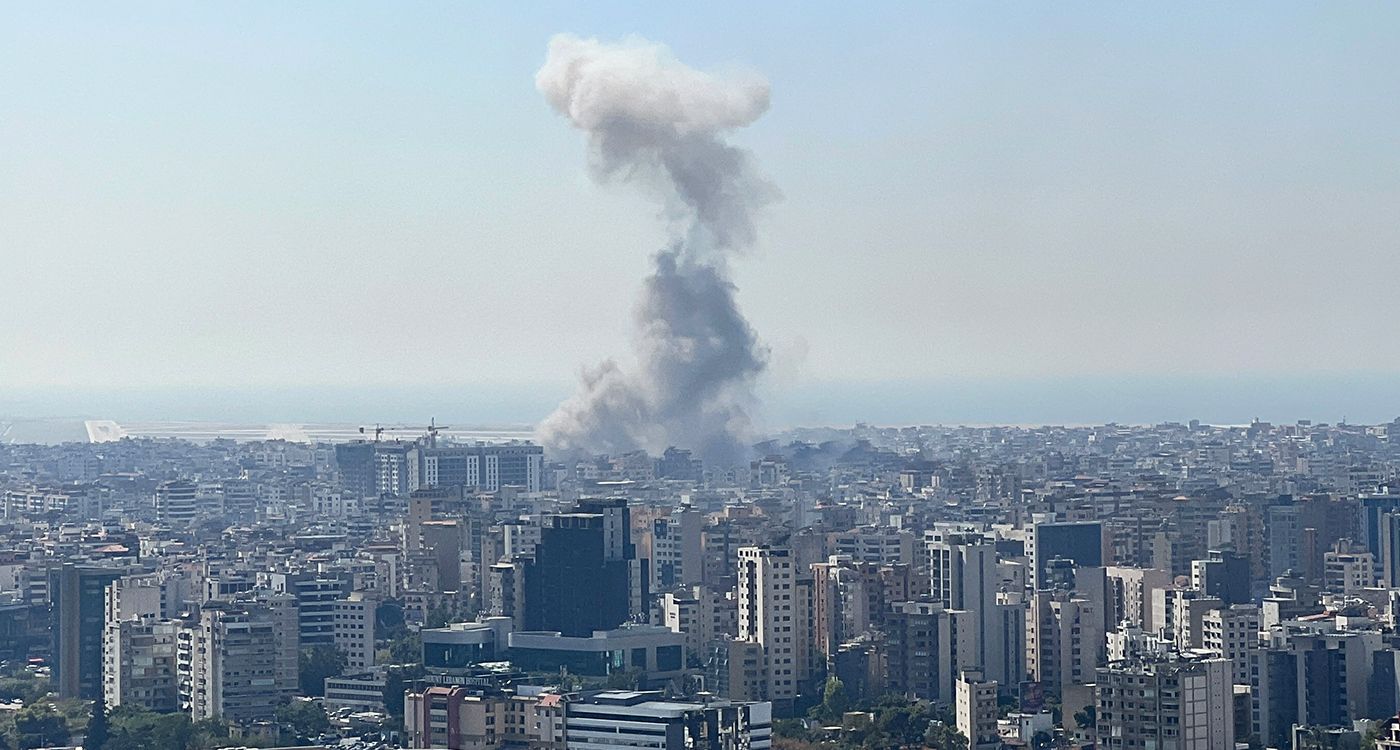
Military experts assert that the Israeli army aims to achieve two key objectives across three fronts (Naqoura-Labbouneh, Yaroun-Maroun al-Ras and Odaisseh-Kfar Kila): assessing Hezbollah fighters' ground combat capabilities, and seizing and destroying the infrastructure the party has established along the border fence and wall. This operation is supported by heavy artillery shelling and intense airstrikes.
Experts note that ground confrontations with Hezbollah fighters at these locations entail a significant human cost. The Israeli army has integrated this factor into its strategy, especially during initial advances, where high casualties – both fatalities and injuries – are anticipated. Nevertheless, this will not deter the Israeli army from pursuing its operation, as seen in Yaroun and Maroun al-Ras, where Israeli forces continued their mission and uncovered Hezbollah tunnels, infrastructure and various weapons. These discoveries were later showcased in videos shared on social media.
Furthermore, the army aims to establish positions in elevated areas near the Blue Line, overlooking the settlements. This strategy seeks to prevent Hezbollah fighters from having a direct line of sight to Israeli military installations, thereby reducing the risk of anti-tank missile attacks. However, this positioning also makes the military units vulnerable to Hezbollah, should it acquire anti-tank weapons. Additionally, through these maneuvers, the Israeli army intends to gather information on the locations of missile launch platforms, accurately identifying them from both aerial and ground perspectives for targeted destruction, the experts note.
According to available information, this situation could persist for up to three weeks, after which a large-scale Israeli advance may target either Bint Jbeil or the coastal road leading to Tyre, aiming to increase field military pressure on Hezbollah. In response, Hezbollah is expected to intensify its rocket attacks, specifically targeting Haifa, either from southern positions if possible, or from other regions using long-range missiles, capable of reaching Haifa, even if launched from Beqaa.
The military confrontation between Israeli forces and Hezbollah has reached a critical stage, with neither side able to retreat. This makes a ceasefire, as some have suggested, unlikely. In fact, the situation on the ground points to further escalation on both the Lebanese front and the Israel-Iran front.




Comments